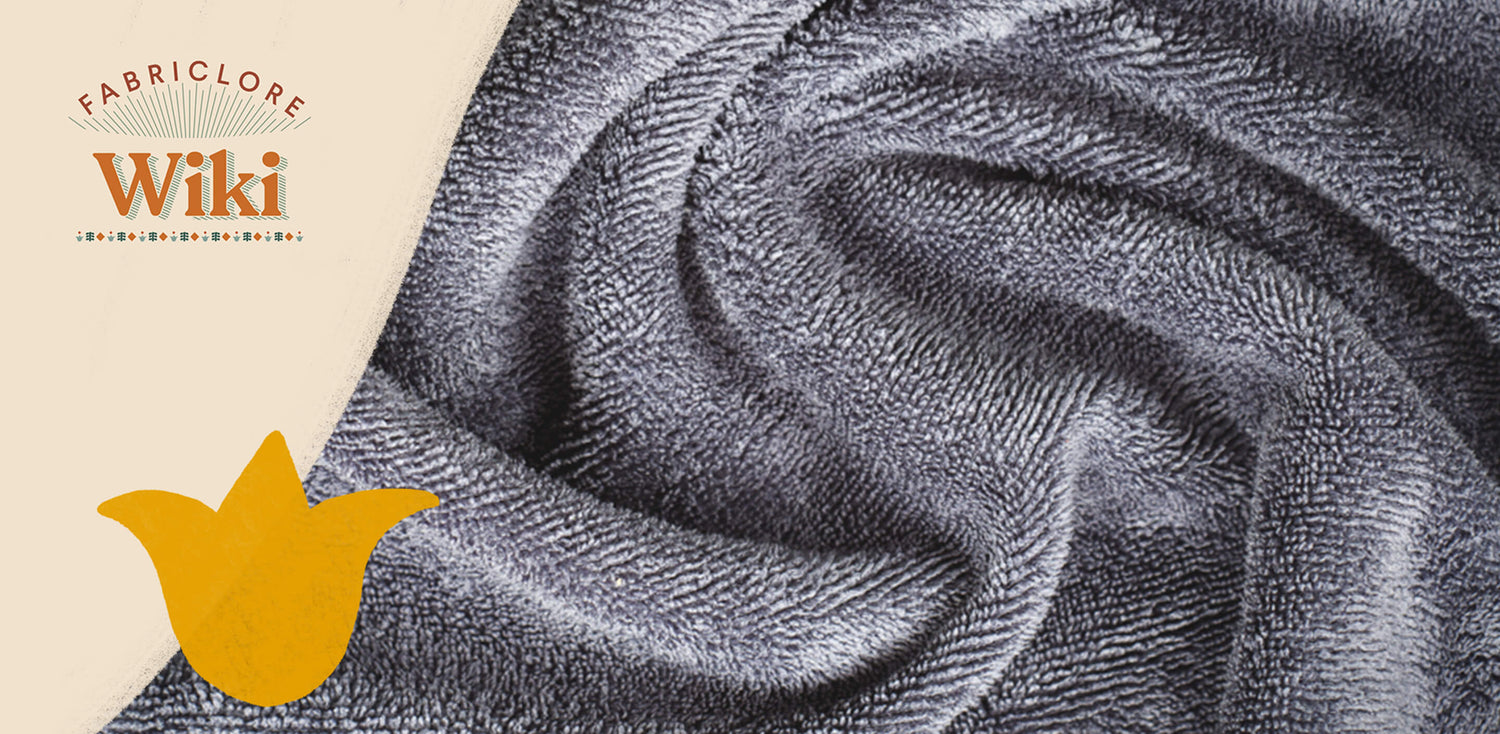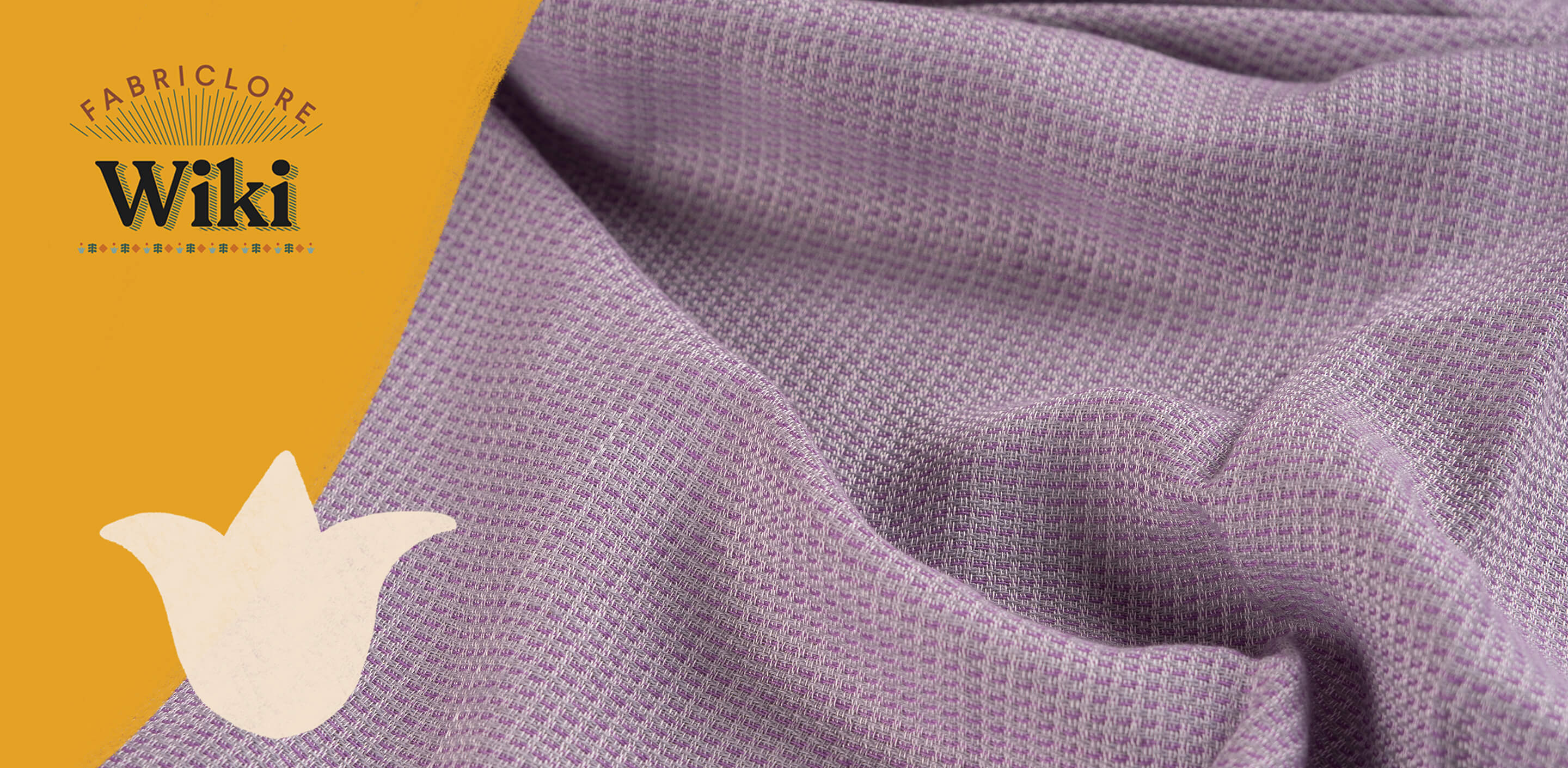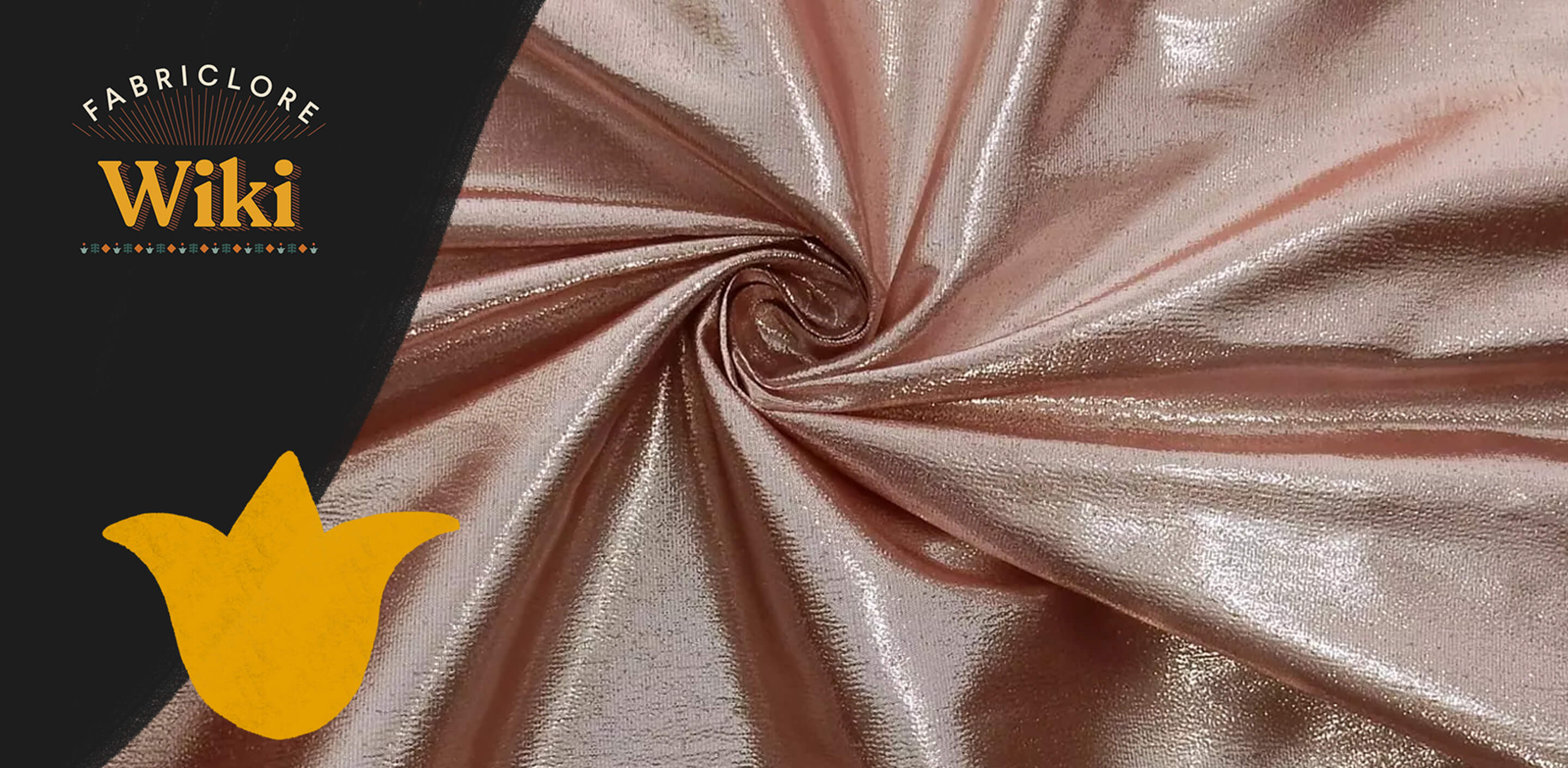What is Microfibre Fabric?
- The term "microfibre" refers to a kind of synthetic fabric that is woven from very fine fibers. In general, the diameters of these fibers are measured to be lower than 10 micrometers, and their densities are lower than 0.7 D.
- The majority are constructed out of polyester, although some additionally include nylon for increased tensile strength and water resistance.
- Because of the incomparable softness of microfiber, which was first popularized by its use in cleaning goods, there has been a growth in the production of microfiber clothing and accessories.
- Microfiber is not only exceptionally long-lasting but also water-resistant.

History
- Since the early 1950s, makers of textiles have been doing research and development on very low-denier fabric fibers.
- Although early efforts to make ultra-thin fibers were generally successful, it was difficult to regulate the length of the fibers that were generated.
- Because of this, the ways this new textile technology could be used were greatly limited.
- When textile manufacturers moved away from the melt-spinning process, which remains one of the primary production methods for other synthetic textiles, and began using bicomponent polymers that featured multiple types of textile plastics, this was the first major breakthrough in the mass-scale production of microfibres.
- Melt-spinning is still one of the most common ways that other synthetic textiles are made.
- This polymer proved to be significantly stronger than plastics that consisted of single components, thus decreasing the breaking that had previously happened while extruding exceedingly thin textile fibers.
- Toray, a well-known textile manufacturer in Japan, was the first to begin manufacturing microfibre fabric on a large scale in the 1960s. Dr. Miyoshi Okamoto ended up being the principal architect of the microfiber revolution.
- With the help of Dr. Toyohiko Hikota, Toray was able to manufacture a broad range of microfiber textiles, one of which was ultrasuede, which was one of the first microfibers to achieve global appeal.
- However, with the noteworthy exception of ultrasuede, the usage of microfibre textiles remained quite restricted in scope until the 1990s, when Swedish textile producers started manufacturing a broad range of different microfibre materials.
- Ultrasuede was the only exception to this rule. Within what seemed like a single night's time, microfiber established itself as a preferred material for the production of clothing throughout Europe. Simultaneously, further uses of microfibre were developed in the fields of cleaning and manufacturing.
- Therefore, while Toray is credited with developing the first microfiber textiles that were commercially successful, it is possible that this material would not have been popular without the later microfiber revolution that occurred in Europe.

What Makes it Stand out
|
Texture |
The fabric is super soft, having a brushed texture |
|
Moisture wicking |
The fabric comprise a great moisture wicking properties. |
Applications & Usage
|
Clothing |
|
|
Home Furnishing |
Cleaning cloth, towels, bath sheets, etc. |
Care Instructions
- Do the laundry in warm or hot water, using a gentle detergent.
- If you want to wash by hand, use hot water and a gentle detergent. If required, scrub with a brush that has soft bristles, and be sure to rinse everything completely.
- Take caution with the kinds of things you wash in your microfiber. Avoid using the microfiber on anything produced with cotton since the lint will stick to the microfiber.
- If you want your microfiber to last as long as possible, the best way to dry it is to let it air dry. When ironing it, use a cold iron and don't use too much pressure.





